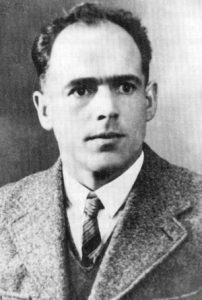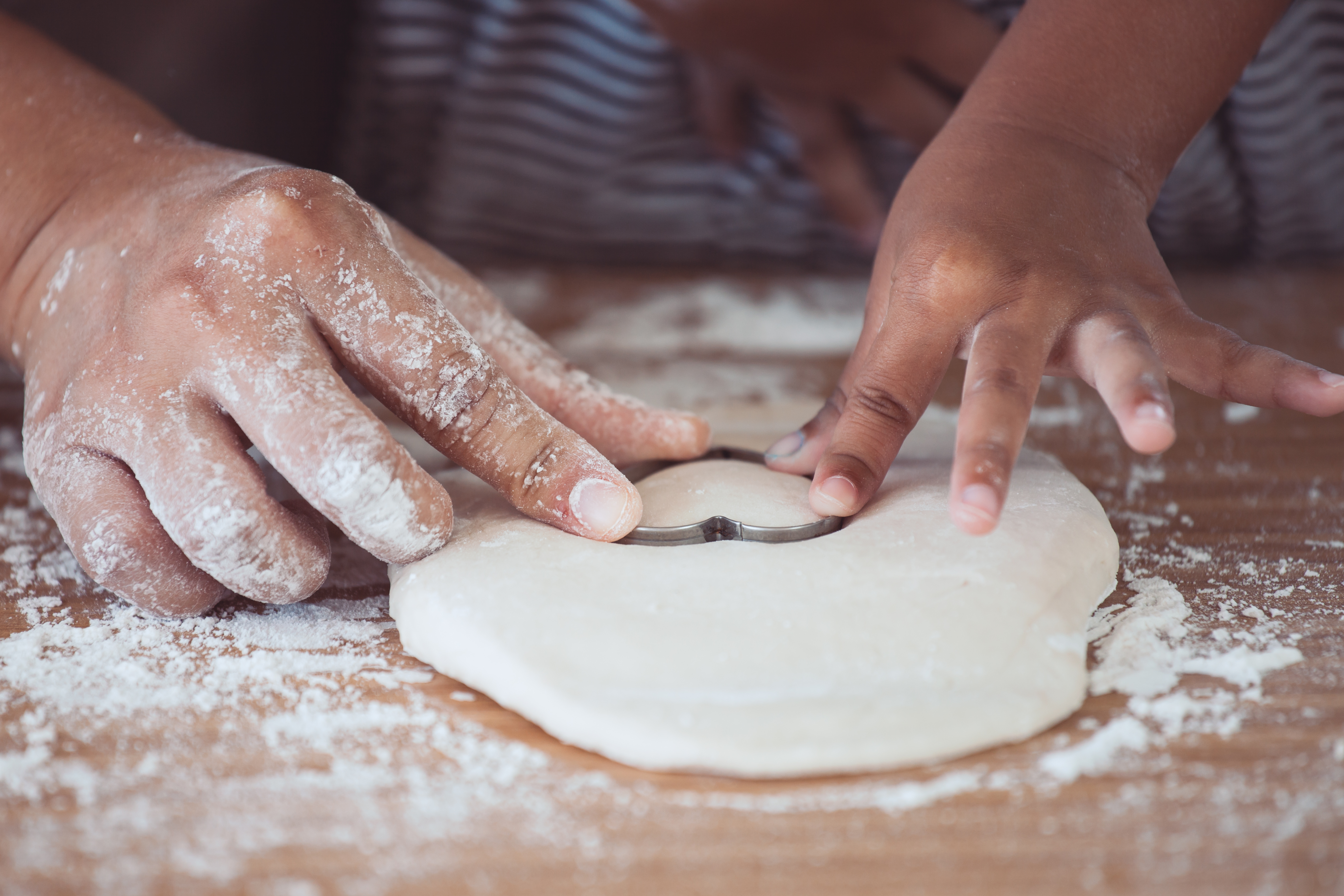When nurses call out Becky Wang’s name in waiting rooms of doctors’ offices, they usually get a confused look when she stands up.
“I can tell they are looking for someone Asian and when they see me they have to re-shift their thoughts,” she said. Her husband, Dennis, is Chinese American, and she is from a white family. “A lot of people assume you are a matched set. They don’t expect me to be Caucasian.”
The occasional confused look is the least of the challenges faced by couples in interracial and intercultural marriages. Being raised in different cultures means couples have to negotiate different communication patterns, agree on what they want for their mixed-race children, and learn to accept new traditions.
Marriages between partners of different races are happening more and more often. The rate of interracial marriages increased by 28 percent in the last decade, according to the U.S. Census Bureau. That number will only continue to increase as minority populations come to outnumber the white majority in America in the next 30 years, as projected by the Census.
Just like any marriage, however, the thing that binds interracial couples together, and what helps them bridge the divides they face, is having the same values and shared vision of life. “Despite having different families of origin, our values are aligned,” Becky said. “Our priorities all align despite our different upbringings and heritage. That’s what makes it work.”
The Cultural Divide
When a white person marries a person of color, they step into a new world. Their spouse knows how to navigate both the culture of their own race as well as the mainstream majority culture in America. For a while person who has only known that majority culture, it can be eye-opening to see things from a new perspective.
For example, Christa Burson grew up in a white family who ran a buffalo ranch in rural Minnesota. She married Mike, who grew up in an African American family in Chicago, and the two liken their story to the country mouse meeting the city mouse.
“When Mike and I got married, I knew some of his background, but I didn’t know the depth of it,” Christa said. “I was a little naïve at first, thinking that his background was a thing of the past, that we were starting something new. I thought, ‘I’m not racist, so it won’t be an issue.’”
Mike explained that his family has experienced some of the unique challenges faced by many people of color in America, from lower socioeconomic status and education levels to housing trouble. His mother struggled with finding housing and consistent work, his father was struck with a disability and now lives in a nursing home, and his sister suffers from a mental illness.
“Christa didn’t expect the level of challenges my family would present,” he said. “Her family of origin is intact with loving, stable relationships. They are college-educated and have two jobs. They just don’t have the same level of stress.”
Christa had to take on these realities as part of her own story, now that she had tied her life to Mike’s—they were not part of her experience before. “I didn’t understand the depth of what we were getting into,” she said. “I had to learn to accept it—that this is my life and that this is our marriage. I had to grow up.
“I never really thought that these things would be my issues, and they definitely are my issues,” she said. “But that is the beautiful thing about marriage—you don’t know where it will take you. It was kind of a leap with our different family dynamics.”
Pulled from Both Directions
When a person of color marries a white person, they do not enter a whole new world, but that is not to say that they get no pressure. They often feel a pull back to the culture of their family of origin.
“My mom worried that I would forget about her if I didn’t marry a Latina,” said Jesse Herrera, who married Emily, a white woman. Extended family is an essential value for Mexican Americans, he explained. Marrying a white person means losing some of those customs that would have bonded his new family with his extended family. His daughter, for example, probably will not celebrate a quinceañera, the ritualized celebration of a girl’s 15th birthday, when she reaches that age.
“My kids won’t know Spanish nearly to the extent that I would like them to simply because no one is speaking Spanish to them day in and day out like my parents did to me,” he said.
The Language Barrier
For couples who have families who speak different languages, communication itself can be a challenge. Emily’s family is white, and Jesse’s parents speak very little English, so when the couple spends time with his extended family, Spanish is the language everyone converses in.
Emily studied in France for a year, so she knows what it feels like to be displaced culturally, but missing whole conversations feels different, she said. “I know how to be open and flexible to different attitudes and cultures, but not being able to understand the conversation is difficult.”
Becky Wang relies on actions when words fail her in relating to her Chinese mother-in-law, who does not speak much English. “I may not be able to get to know her in a depth of what her life experiences have been, but what I can do is show my love and respect to her as an elder, as the mother of my husband, and grandmother to our kids,” she said. “Mostly what helps is knowing that she has the best intentions at heart for me and our family. This is maybe too simplistic, but short of learning Chinese, it is the best that I have come up with.”
Becky has the same experience as Emily when she is with Dennis’ family—everyone speaks Chinese, and she finds herself on the outside. “You can’t get bothered about not understanding what everyone says all the time,” she said. She focuses on the tone of the conversation, and she inquires about what they are saying. “I’m not afraid to ask what everyone is talking about,” she said.
How to Make it Work
For Mike and Christa Burson, it was important to find other interracial couples with whom they could socialize, and a place to worship in which people of color are not severely outnumbered. “We can connect on a deeper level with other couples who understand our level of challenge,” Mike said. “I learn a lot by example—seeing other people move through life. Older couples who have been married for decades, especially. We watch how they relate. How they navigate life is valuable.”
And, of course, as with anything else in marriage, communication is the key. “Interracial marriages have an added onus to communicate because there is less that we share culturally,” Mike said. “Our experiences are different, so we need to get good at communicating pretty fast or things break down.”
For couples preparing for marriage, Christa encourages spending time with each other’s families. When they were engaged, she would make weekend trips to Chicago to spend time with Mike’s family, but “you can hide a lot on a weekend visit,” she said. “When you are married, the issues emerge quickly. We were thrown into the deep end pretty fast. Spending more time with his family wouldn’t have changed my mind, but it would have given me more background going into it.”
The Good News
The good news about interracial marriage is that every couple has to negotiate differences in their families of origin, no matter their heritage. Spouses of different races simply have cultural distinctions as part of their journey. And those distinctions are not always only a disadvantage.
“Being in a mixed-race marriage makes me more open-minded,” said Emily Herrera. “I have to put my own thoughts and presumptions on the back-burner when I’m around his family. It pushes me to be more flexible and patient. When things are happening in the family, I have to wait to understand their customs and traditions.
Mike Burson agrees. “Interracial couples are under certain levels of stress, but it has been incredibly encouraging and uplifting. We’ve learned to love each other and listen and support each other,” he said. “There are always hardships. Hard things bind you together. Our love is being forged in these fires—we’re proud of that.”
The bottom line is not the color of skin in a marriage, according to Deacon Harold Burke Sivers, an international speaker and author on family life and spirituality. He says that every couple, regardless of their cultural heritage, should ask themselves this question: “Is this person the one God has put in your life to help you get to heaven, no matter what color you are?”
He is in an interracial marriage himself (his family is from Barbados and his wife is white) and he has been ordained a deacon for 10 years. Among his responsibilities is the task of preparing couples for marriage. “I’ve had couples come to me for all kinds of things,” he said. “No one has come to me with concerns about race. It is all about the usual things: money, sex, kids—those kinds of issues. Never has someone come to me and say, ‘Our race is an issue.’
“Those cultural differences enhance marriage by bringing a new level of richness and beauty and tradition,” he said. “Even though they come from different cultures, if the important things in life are the same, they can transcend those differences.”

 Born: May 20, 1907
Born: May 20, 1907 Born: February 7, 1478
Born: February 7, 1478

